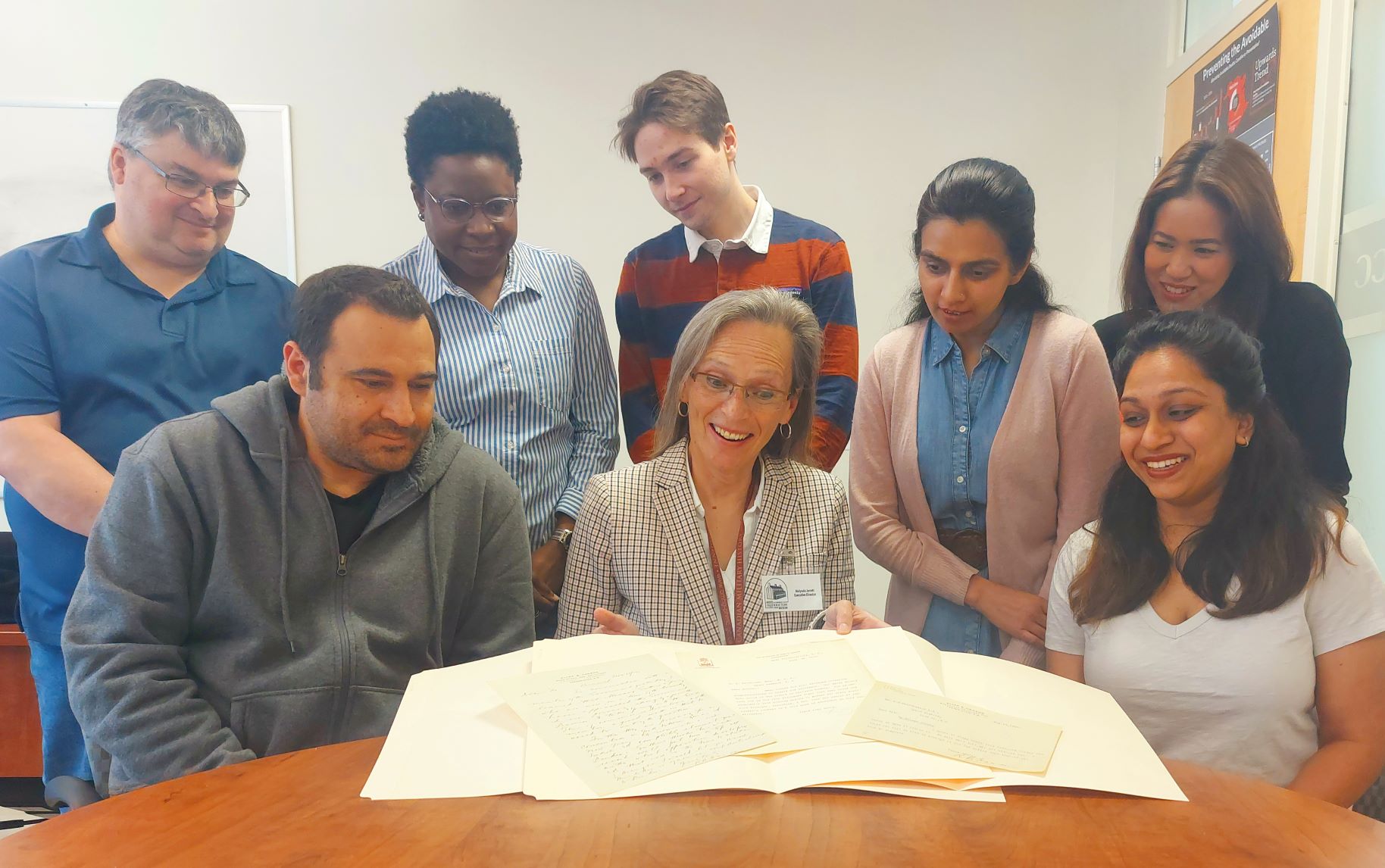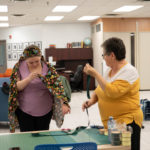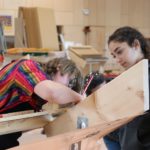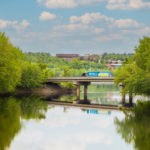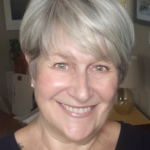A wealth of Fredericton history that was until now locked in handwritten documents is now accessible to all, thanks to an applied research partnership between the Information Technology programs at NBCC Fredericton Campus and the Fredericton Region Museum.
A chance meeting during NBCC’s Service Day activities, where staff and students volunteer their time to community organizations, led to a collaboration that marries the stories of the past with the technology of today.
“Totally by mistake!” laughed Melynda Jarratt, Executive Director at the Fredericton Region Museum, when asked how the applied research project came together. “They (staff and students) came to us, as they do every year, on Service Day, and in the course of discussions throughout the day, I realized that they were mainly IT people.”
Melynda asked Keisha Peters, an instructor in the Information Technology: Business Analysis program, for advice on how to move 1,000 pages of transcribed documents into the public domain. Keisha responded, “We can do that!” and the applied research project was launched.
With Bruce McClary, an instructor in the Information Technology: Programmer Analyst program, Keisha engaged IT students in a real-world application of the training they were receiving.
“Any opportunity for students to get experience meeting with clients and working on real projects, you take it,” said Keisha. “The rich collaboration between Programming and Business Analyst students gives them that real world simulation of what to expect out there, really prepares them for the realities of work.”
“You just can’t simulate it,” Bruce added. “It’s hard for them to get invested in textbook examples, but when we do these real-world projects, the benefit to the student is just beyond anything they can learn in a book.”
For the students who worked on the project, many of whom are new to Fredericton, the project provided an opportunity to learn more about the past and technology’s role in bringing it to life.
“Without this project, I never would have learned how technology can help with preserving history,” student Guneet Rekhi noted.
Her fellow student Rekha Mishra felt a personal connection to the project.
“It was quite exciting to me; I could relate to these letters,” she said. “My father moved to different cities a lot and my grandmom and granddad wrote to him a lot. He saved those letters. My grandmom and granddad are not with me anymore, but those letters are framed in my living room.
“It’s a really emotional thing for me, something my father used to do.”
As the students’ client, Melynda couldn’t be happier with the results and had high words of praise for the “highly professional” students who worked with her.
“The goal was to make these historical documents available to the public, for genealogists, writers, families, educators, storytellers, researchers, filmmakers,” she said. “These postcards and letters tell the entire stories of families…births, deaths, marriages…and all of it out of reach unless you came to Fredericton to look at them.
“That intersection of history and technology…that’s where the future lies,” she told the students. “I hope you’re all walking right into jobs!”
